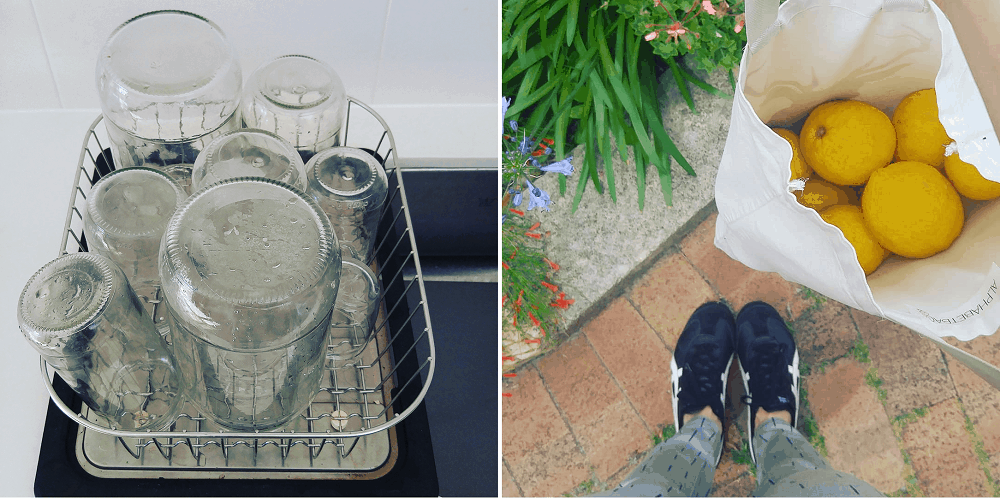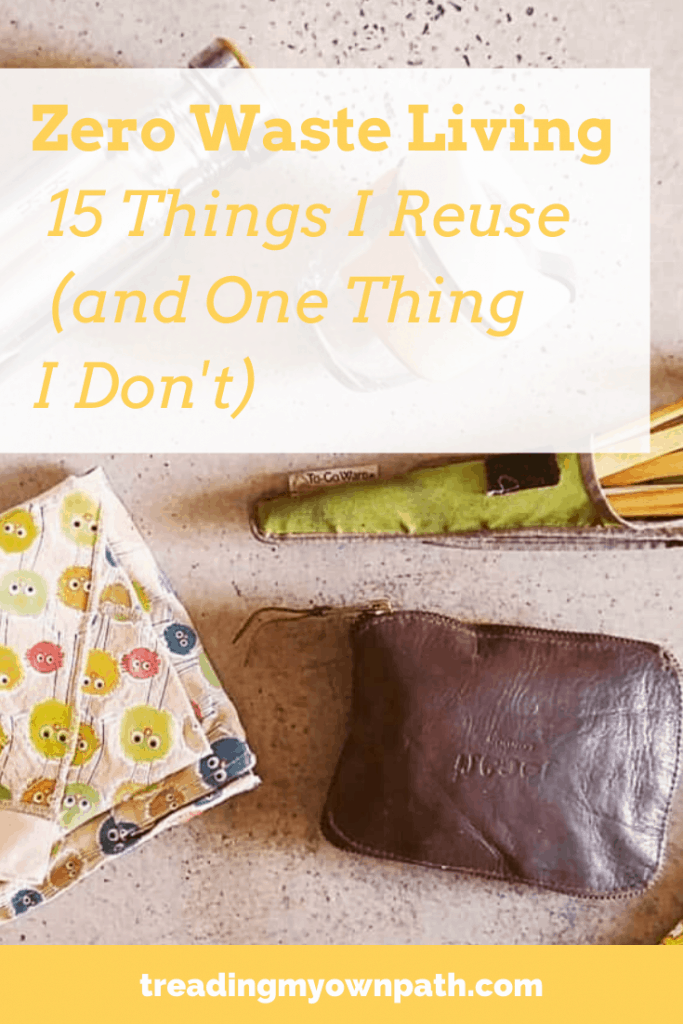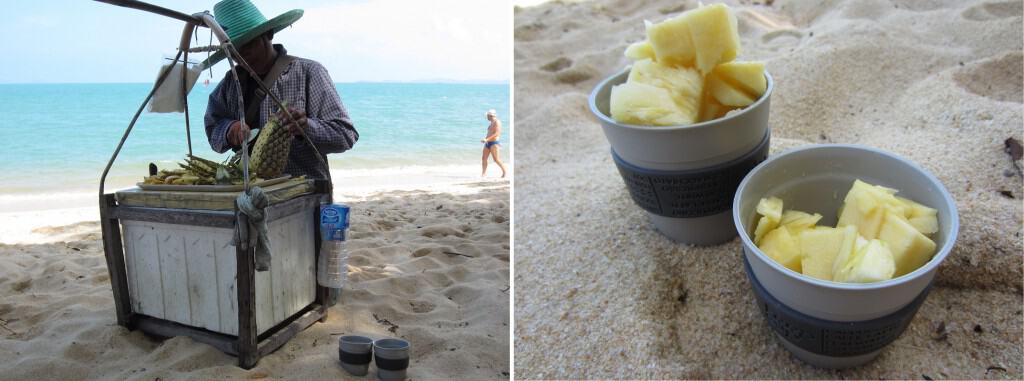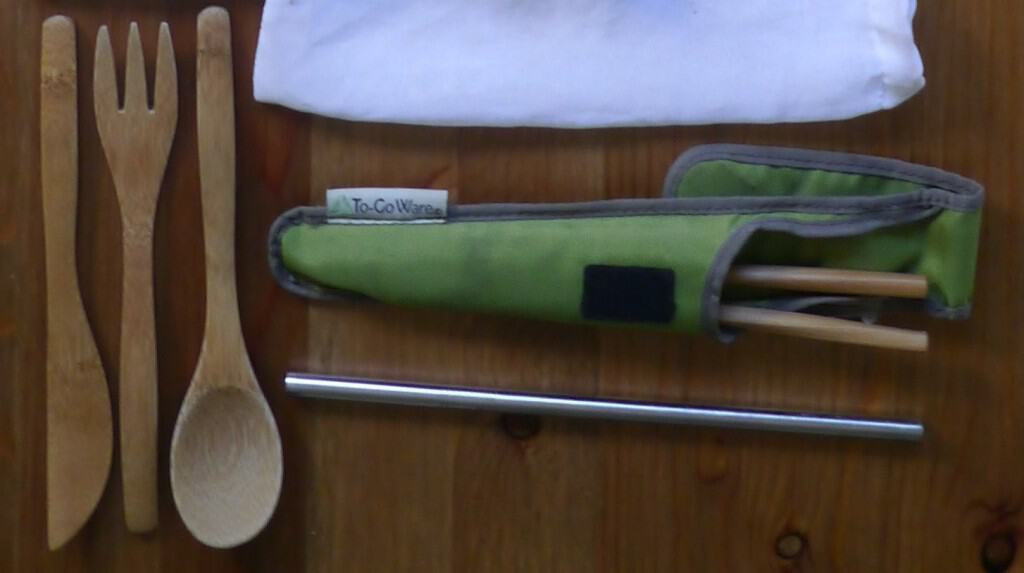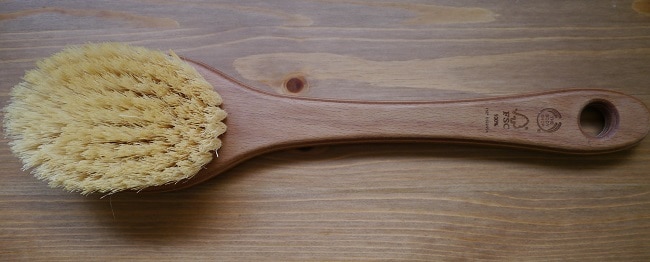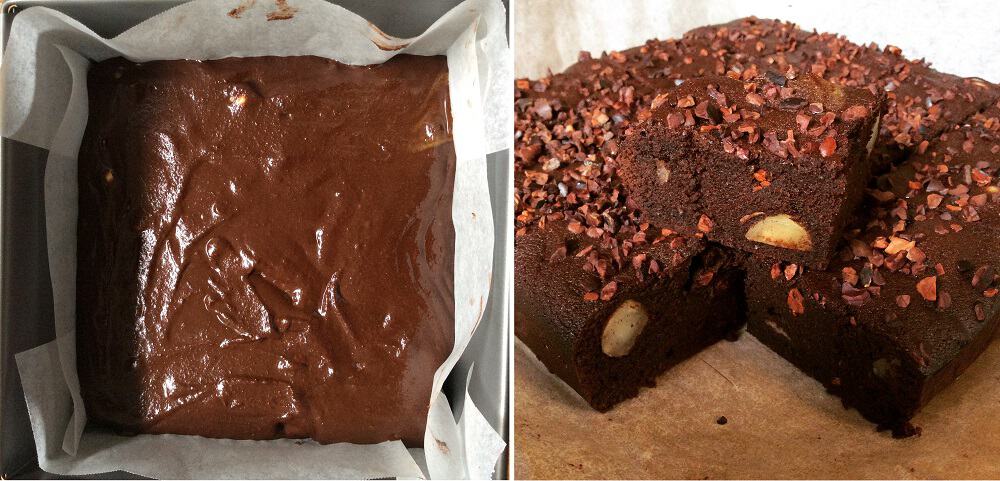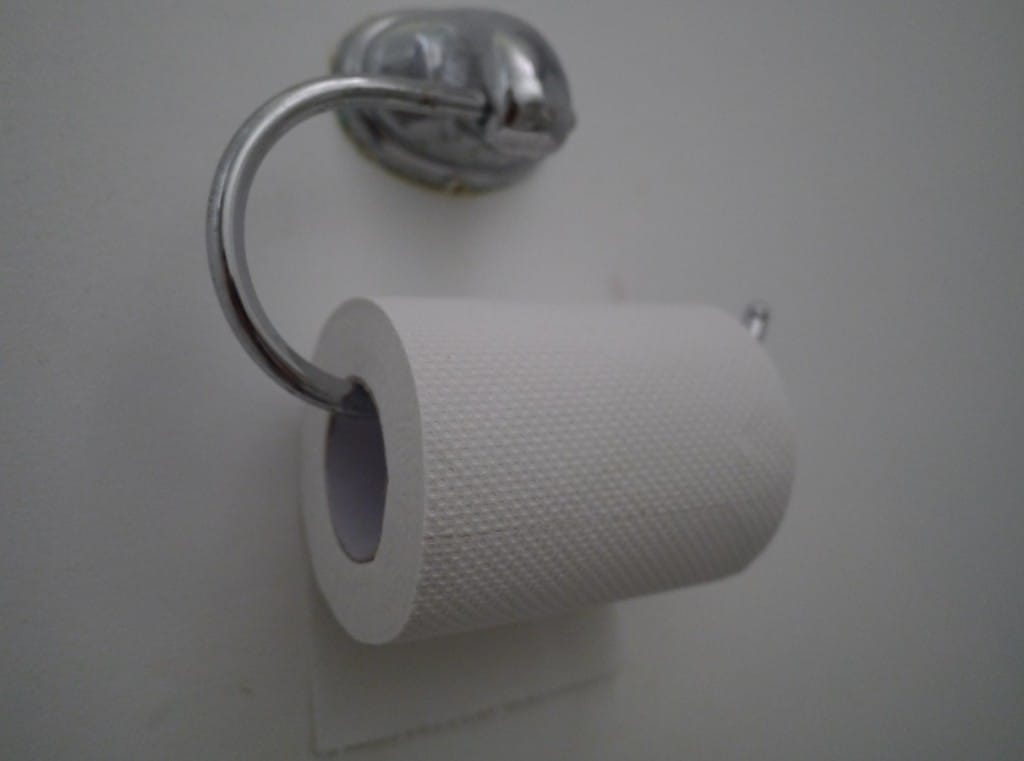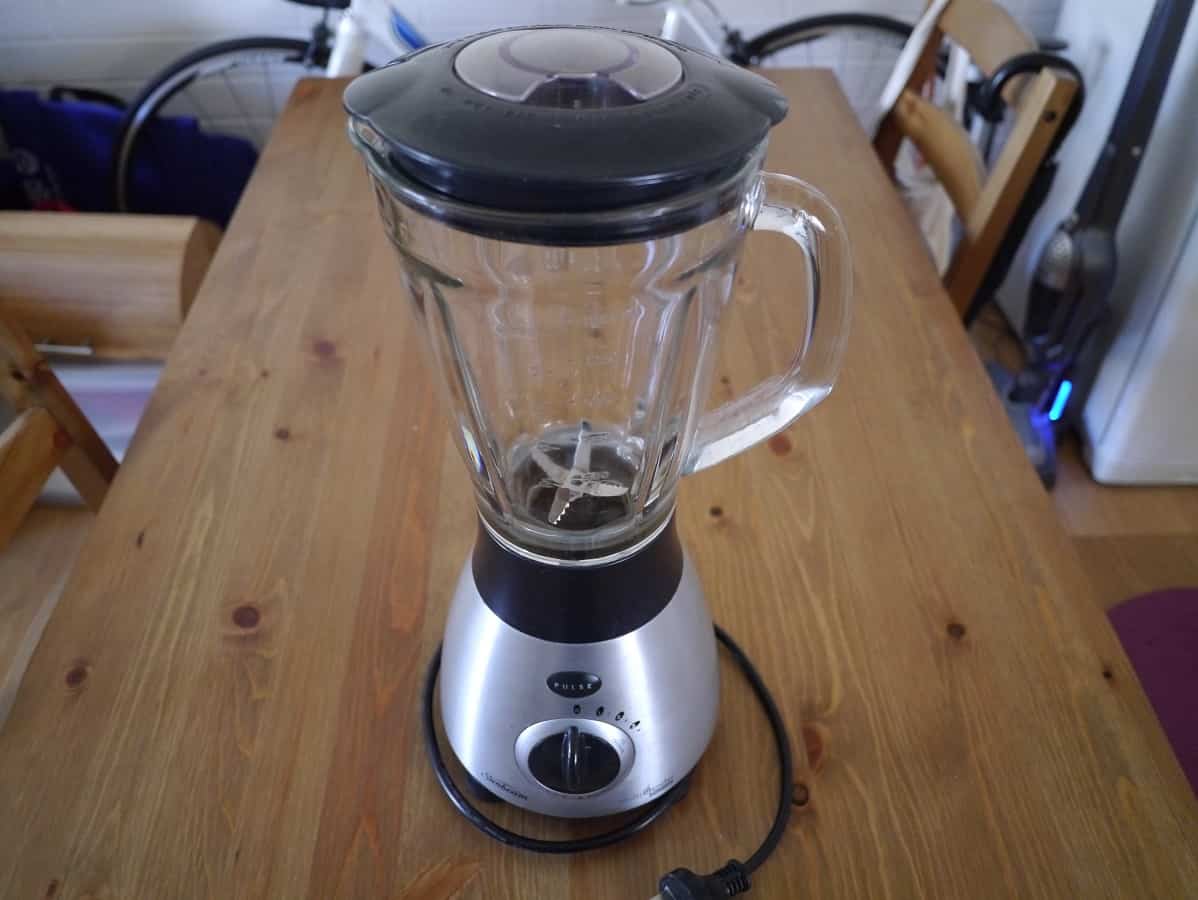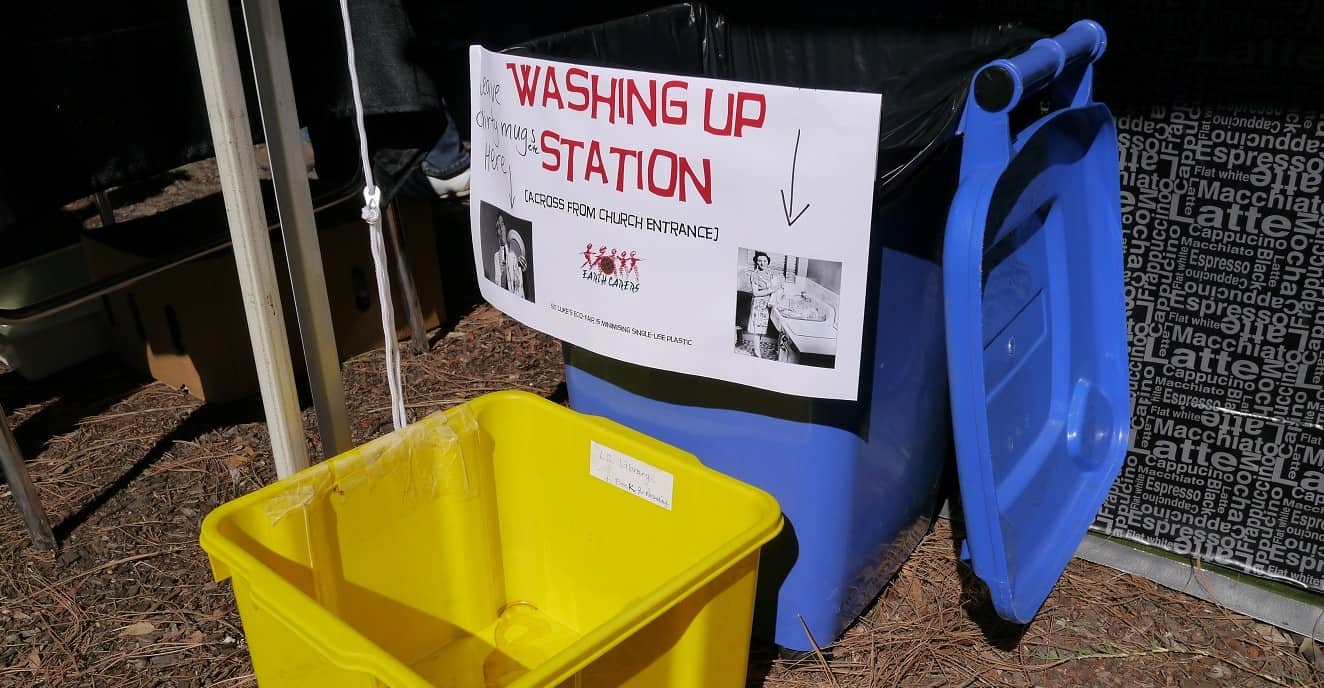8+ Ways to Go Zero Waste Without Spending Any Money
There are so many posts out there dedicated to all the things we can buy to be zero waste. This is not one of them. Yes, sometimes the things that we buy are helpful in reducing our waste now and in the future – such as reusable produce bags or a compost bin. Buying things can be necessary. Consumables (things like dishcloths, scrubbing brushes, handwash) run out, and need to be replaced.
But zero waste is not all about buying stuff. The zero waste lifestyle is not a consumer lifestyle. As George Monbiot said, we can consume more, or we can conserve more… but we can’t do both.
If we continue to talk about zero waste living in terms of the things we can buy, and encourage more shopping and the accumulation of stuff, we’re staying on the consumer treadmill and still using resources at an alarming rate.
Not to mention, as soon as we talk about buying stuff, zero waste appears to be only for those people not trying to stick to a budget.
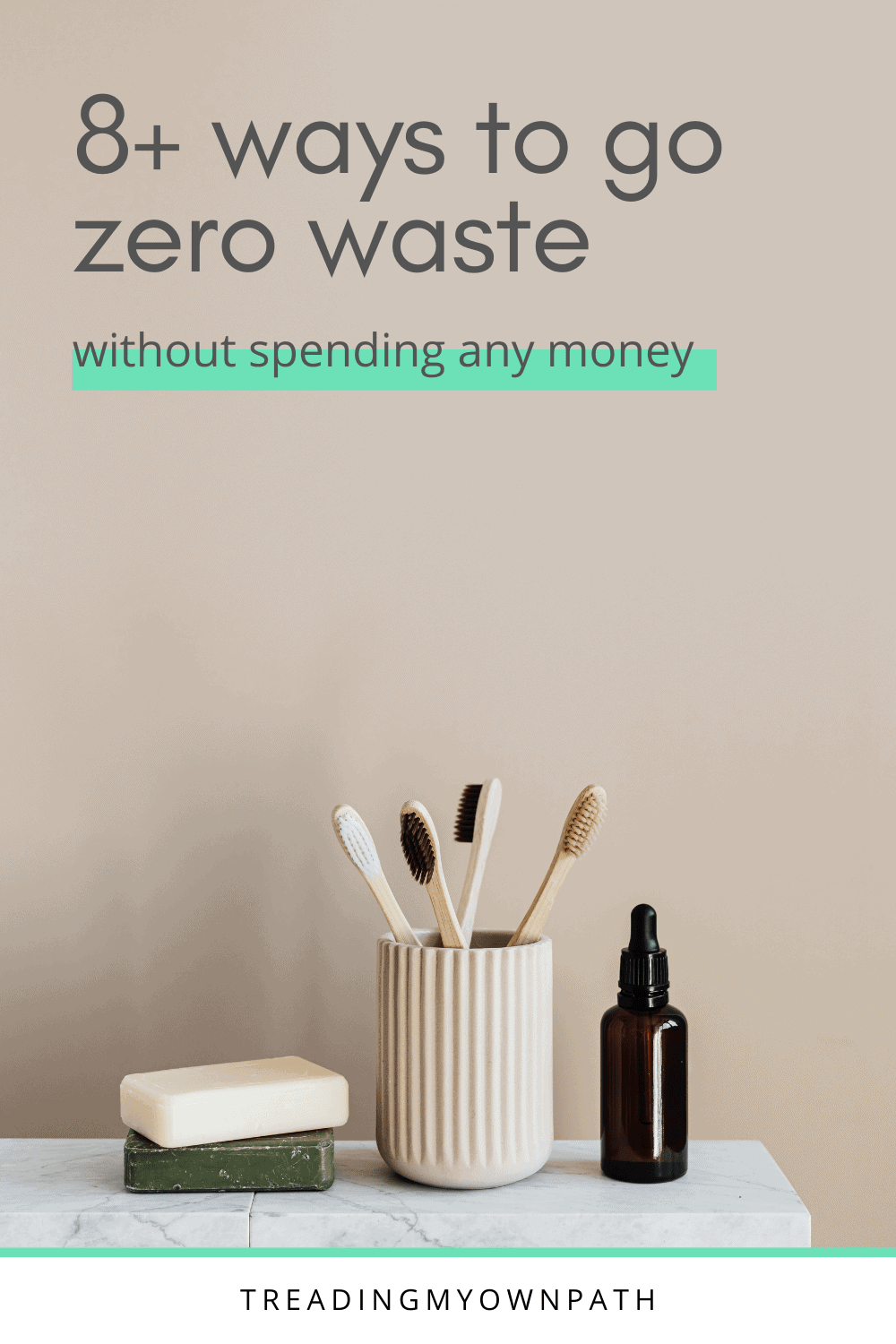
The good news is, plenty of things that lead to living zero waste can be done for free! No spend required.
Here’s how you can embrace zero waste living without buying anything.
1. Glass Jars
Glass jars are your zero waste friend! And even better, they are free!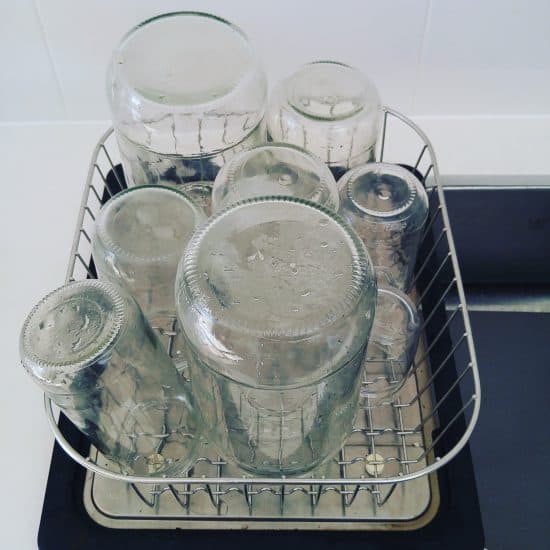
Stop recycling your glass jars, and save them for re-use. Rescue glass jars out of your friend’s recycling bin. Rescue glass jars from cafe and restaurant recycling bins (this is where I scored all of my big 2 litre glass jars). Ask on your local Buy Nothing group, or zero waste/sustainable living Facebook Group. Put an ad on Gumtree or Craigslist asking for free jars.
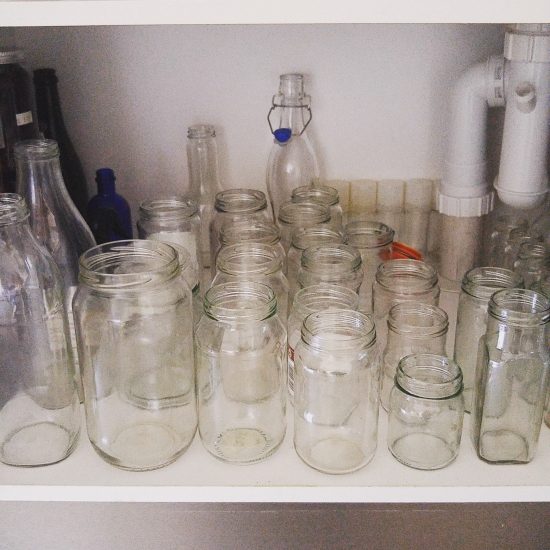
Once you have your glass jar collection, use them for everything! They can be taken to the bulk store to buy ingredients without packaging, if this is an option for you. They can be used for food storage – taking lunch to work, keeping cookies on the counter, organising your pantry, storing leftovers in the fridge, and even in the freezer. (Yes, you can store glass jars in the freezer. More info here.)

They can be used for preserving jams and chutneys. (Eventually the lids may need replacing, but most lids will last a few rounds. Use lids with the air lock pressy button thing to ensure they are sealed.)
They can be used on the go for takeaway smoothies or coffee.
They can be used to store non-food items, like toothbrushes or pens.
They can be used as packaging for gifts (store-bought or homemade treats, soap).
They can be used as water glasses (I have a lovely set of Bonne Maman jars, with the wide mouths, for this purpose).
Glass jars replace so many other storage containers, and there is no need to buy a single one. If a jar breaks, there is a plentiful supply of more free glass jars almost everywhere we go.
2. Line Your Bin without Buying Bin Liners
There is absolutely no need to buy bin liners. Depending on the size of your bin, what you put in it and how often you fill it, there are plenty of zero waste solutions that don’t cost a cent/penny.
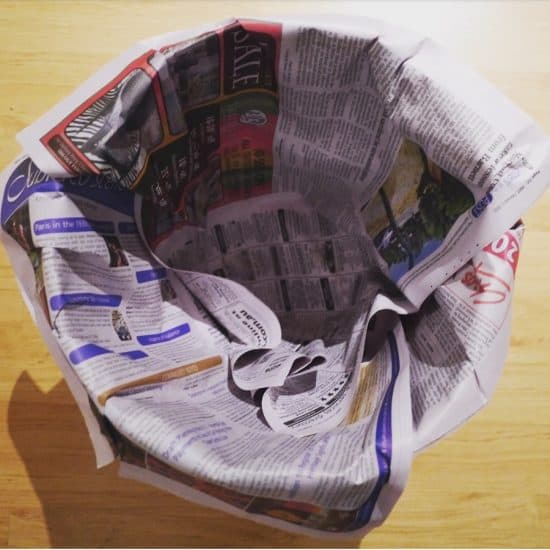
When I first went plastic-free, I used old newspaper to line my bin. I received a free community newspaper, and there was a cafe down the road that offered the daily newspaper for free to its customers to read, so of course the paper got covered in coffee. (More info on lining a bin with newspaper here.)
My bin was wastepaper-sized. It is much trickier to line big bins with newspaper, and some recycling collections require the waste to be bagged (mine gets tipped into a big co-mingled recycling bin, so this isn’t an issue).
It also depends on how much wet and stinky stuff goes in your bin. If you compost your food scraps and only dry stuff is going in the bin, you could use an old jute coffee sack, old pillow case, repurposed plastic food bucket, a cardboard box or do away with any kind of liner altogether.
If you need a waterproof/plastic liner, consider what other packaging you buy that you could repurpose. Some ideas are plastic bread bags, empty potato chip packets, or pet food/litter bags. If you don’t have enough, ask your friends, family and work colleagues… or put a request on the groups mentioned above.
(If you create a lot of waste, consider separating into “wet” and “dry” – that way you can use one of the ideas above for the dry stuff, and keep the plastic liners for the wet only, to make them go further.)
Better to reuse something already in existence than create something new.
3. Eat Your Food Scraps
So much food that we throw away, we can eat. I don’t mean stuff that was edible but is now past its use-by date, I mean food that IS still perfectly edible… we just don’t know how to use it.
Using scraps that we would usually throw in the bin makes the household budget go much further.
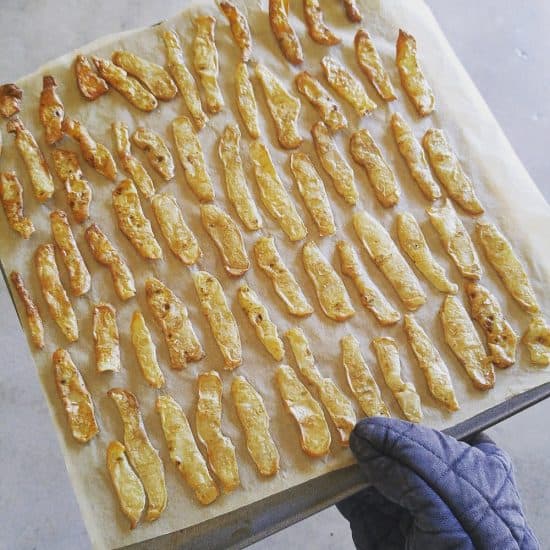
Wash potato peelings, toss in a little oil and then bake in the oven for 10 mins or so each side until crispy. Free potato chips!
Rather than chucking the broccoli stalk, cut the outer edges off, and dice or slice the soft green core. Add to pasta, stir-fries and curries just as you could the florets.
Outer cauliflower leaves can be roasted – drizzle with olive oil, add plenty of garlic and roast until the green outers are crispy and the stems are soft. Alternatively, chop and add to curries.
Save onion skins, the top green parts of leeks, carrot shavings, zucchini tips and other veggies scraps for making stock. Pop into a glass jar, freeze, and when the jar is full boil it up to make a veggie broth. (The same can be done with animal bones to make meat/fish stock).
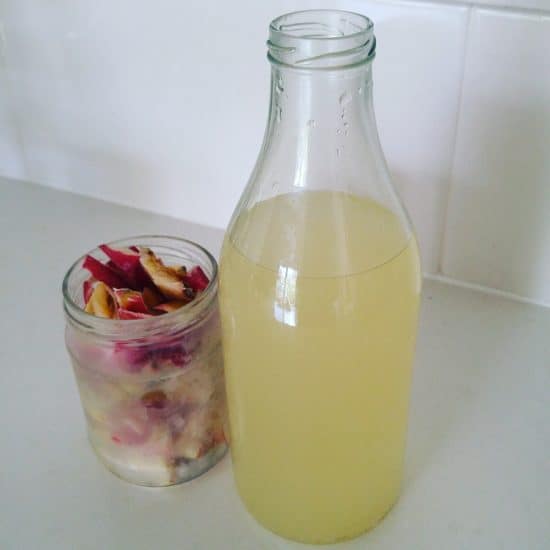
Keep your apple cores and peels and make into your own apple cider vinegar – the only other thing you need is a tablespoon or so of sugar. Can be used in cooking, as a digestive tonic, for hair washing (yep, that’s a thing – and will save you buying conditioner) and even cleaning.
4. Compost your food waste (for free)
Setting up a compost bin, worm farm or bokashi system can cost money, but it doesn’t have to. The bins and buckets required for these things are often given away for free, second-hand. Keep you eye out on Gumtree or Craigslist, and especially if you have verge collections locally.
Failing that, it is possible to make these things with repurposed materials and minimal effort. Worm farms can be made from repurposed polystyrene boxes (ask your local supermarket for theirs) – here’s a step-by-step guide on making a polystyrene box worm farm.
Most community gardens or people with worm farms will give you a handful of composting worms for free to get you going.
A bokashi system can be made using two repurposed white builder/food buckets placed one inside the other, with holes cut into the inner one to create drainage.
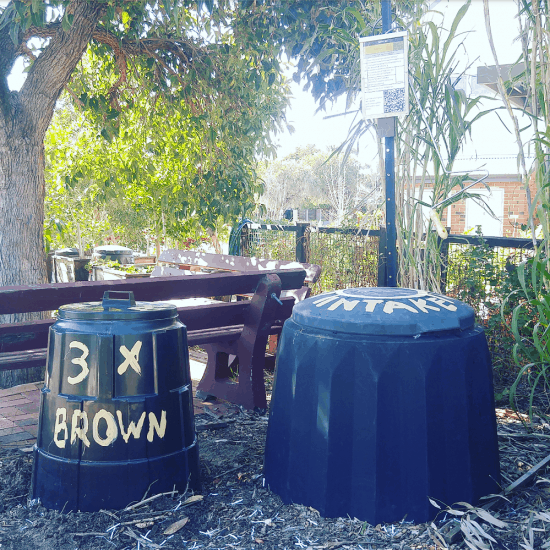
If doing it yourself is just a step too far, find somewhere local that will take your food scraps for you. Community compost hubs and community gardens are everywhere, and so are willing backyard composters. The best place to find somewhere local to you is sharewaste.com.
5. Cleaning Cloths / Wipes
There’s no need to buy cleaning cloths, wipes, rags, paper towel or tissues. We can simply repurpose old fabric that we would previously have recycled as rags. Old towels, bedding, T-shirts, work shirts… even underpants, if you’re not faint-hearted.
Typically natural fibres work better over completely plastic polyester fabric.
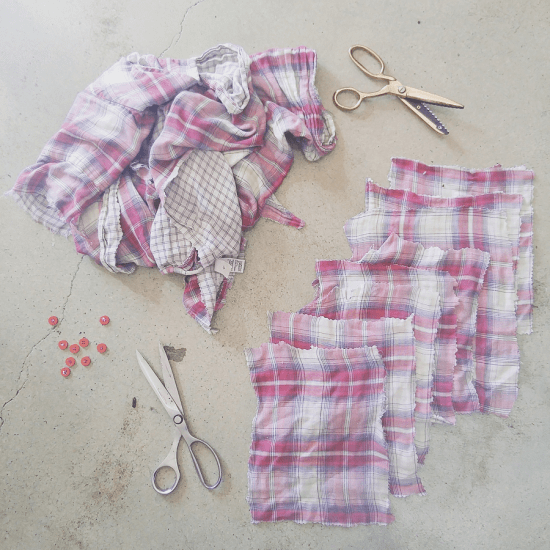
Chop old clothing into squares to use as cleaning cloths, handkerchiefs (you can store them in a glass jar on the coffee table!) and reusable “unpaper” towel. Cut into strips to make rags.
Using sharp scissors will help prevent the fabric fraying, crimping shears will help even more and if you can sew the edges up, that’s the best solution to make them last.
Obviously, the better we are at sewing the better these things will look. Aesthetics matter to some. And whilst a few of of us might revel in the rebellious act of using old underpants to do the dishes, it might be a step too far for others.
Look at where you use disposable paper products, look at the fabric you have on hand, and do what works best for you.
6. Borrow before Buying
We often don’t need the thing that we buy, we need to result that it offers. We don’t need a drill, we need a hole in the wall. We don’t need a blender, we need to puree vegetables for a one-off recipe.
Informally, you can ask friends, family, colleagues or neighbours if they can lend you the thing that you need.
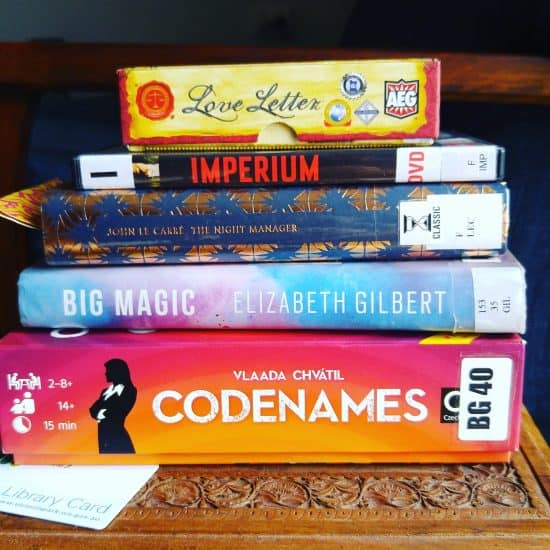
More formally, you may have access to libraries. Books, toys, music, movies, games and tools can all be borrowed this way.
I’ve just set up a local Community Dishes library for people to borrow crockery and cutlery, to save them buying new stuff at the blue-and-yellow furniture store or using disposables. There may be something similar in your area. Libraries of Things are popping up in more places, too.
7. Find for Free
If we need the thing, we still don’t have to buy it new, or even second-hand. We can find it for free. We can ask friends, family, neighbours or colleagues, we can look for ads on online classifieds, we can put requests in Buy Nothing groups, and we can trawl verge pickups looking for the item.
Second-hand means no packaging, it also means keeping existing items in circulation and reduces demand for new products, saving resources. Second-hand doesn’t always mean cheap. Second-hand and free – well, that’s within everyone’s budget.
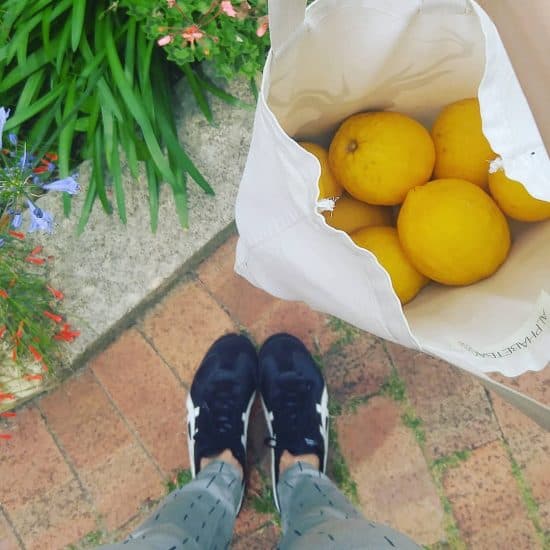
People often have things languishing in the back of the cupboard, and are keen for someone to take it off their hands. I’ve scored a clothes drying rack, an electric fry pan, heaps of lemons, a computer monitor and an almost new pair of trainers from my local Buy Nothing group, all for free.
8. Reusables for On the Go
Rather than buying a water bottle, upcycle an old glass passata bottle, or a VOSS glass water bottle.
Rather than buying a reusable coffee cup, use a glass jar. Make a heat band using elastic bands, or those silicone charity fundraising bracelets. Or, if you’re crafty, sew or knit a band.
Rather than buying a reusable lunchbox, use a glass jar or tea towel to wrap food, or make a sandwich wrap from fabric if you can sew.
Rather than buying a set of to-go cutlery, take your kitchen cutlery out with you. You can make a wrap to keep it neat, or wrap it in some cloth.
There you have it – a few ideas to get you started living zero waste, no spend required. Don’t buy in to the idea (see what I did there?!) that zero waste means spending money. Sure, there are nice things to buy, and many of them are useful. But zero waste living can still be pursued whilst spending nothing at all.
Now I’d love to hear from you! Do you do any of these things? All of these things? Are you new to zero waste/plastic-free and overwhelmed at all the stuff you think you need to buy? Are you a pro at using second-hand and free solutions? What no-spend zero waste tips would you add? Any other thoughts? Please leave a comment below!

